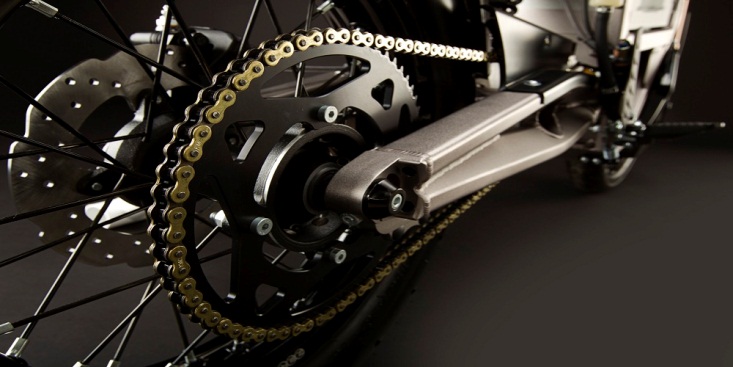A sprocket is a mechanical wheel with small notches/teeth that is designed to engage or rotate with a belt or link of chain. For the compatibility between wheel and chain, both should have the same pitch and thickness.
There is a huge range of commercial sprockets available. While they may differ in constructed material, design, & manufacturing method but still some basic features are common among all.
Usually, sprockets are made from steel which is durable & sometimes aluminum is also used, which is lighter and ideal for bikes. Check out the shanghai machinery manufacturing company website for a complete range of sprockets, flow straightener design, fittings, & flow conditioners.
But before that, let’s find out a few more details about sprockets!
Sprocket Anatomy
Regardless of the design application, every sprocket consists of some varied characteristics. These characteristics include:
Number of Teeth
The total number of teeth single tooth vary based on application and type of chain where you want to use the sprocket.
Pitch
Pitch is the complete measurement per tooth that is measured in inches. The pitch is important to fit in the pins of the chain perfectly.
Pitch Diameter
It’s the circumference between the teeth at the inner point of the sprocket. It’s the point where the chain encounters the sprocket.
Outside Diameter
It’s the circumference at the endpoints of the tooth around the sprocket.
Applications Of Sprocket
All the different types of sprockets drive various types of equipment in different industries and applications. Here we have some major lines where you will find the use of sprockets:
- Automobile tires (car, motorcycles, tanks, etc.)
- Farming and agricultural equipment
- Automotive equipment
- Shaft, pulley, & other power conduction equipment
- In chain-driven equipment like conveyor belts
- In film projectors & cameras, the sprocket is used to grasp the film that is important to take photographs.
Sprocket Classification
Sprockets are classified into four types based on the construction: type A, B, C, & type D. Let’s have a simple description of all.
1. Type A
Simple, flat sprocket without hub usually used for welding/flanges of shafts & mounting onto hubs. Type A is generally known as “plate sprockets.”
2. Type B
This type is made with a hub at its one side which allows the perfect fitting onto the mounted machinery. This design minimizes the huge overhang load on the equipment bearings.
3. Type C
This type also has hubs but on both ends of the plate. These sprockets are used in such applications where the pitch diameter is more & support on the shaft is needed. A bigger hub is required for larger loads.
4. Type D
This class use type A mounted on a split or solid hub. The sprocket is simply immobilized for bolted & removal to the hub. You do not need to eliminate bearings & other gear, which might cause a change in speed ratio.
Types of Sprockets
Here we have some main types of sprockets!
- Chain sprockets
- Double plus sprocket
- Bushed sprocket
- Triplex sprockets
- Steel split sprockets
- Taper-lock sprocket
- Simplex sprockets
- Drum sprockets
- Industrial sprockets
- Single & double pitch sprocket
- Idler sprocket
- Multi-strand sprocket
- Quick disconnect sprocket
- Duplex sprockets
- Shaft sprockets
- Drive sprockets
Final Words
Sprockets are used in many industries because they do not creep & slip issues, and they are more effective than belt drives.
Here we have a brief discussion about all the important details of sprockets. Check out their complete collection on the official site of wan hui machinery.

